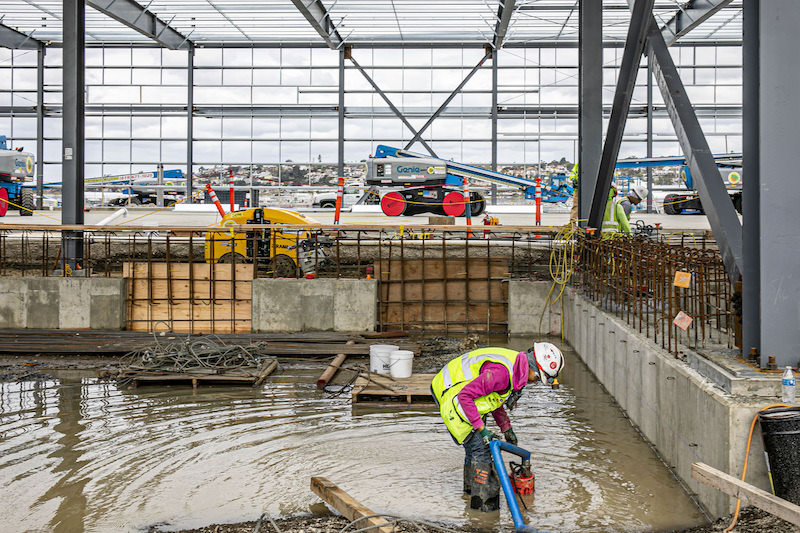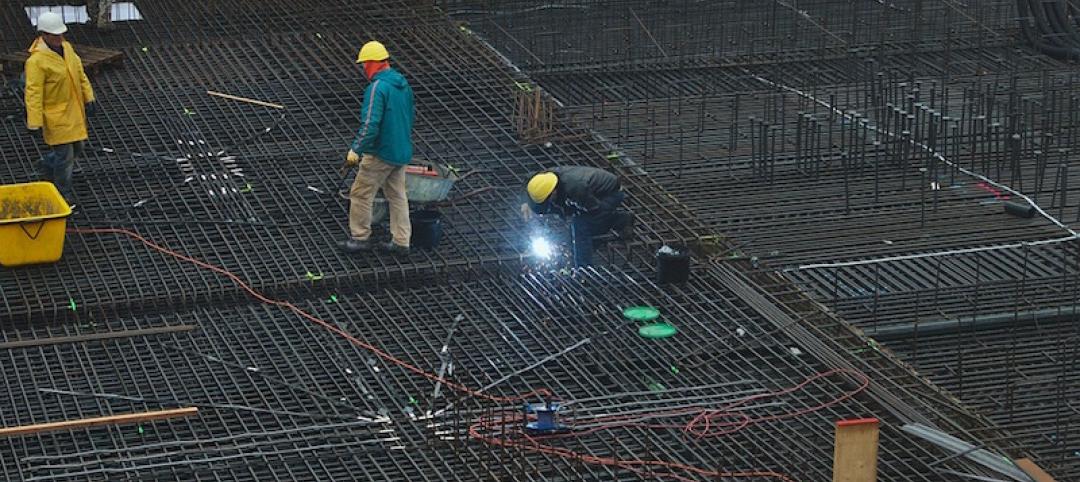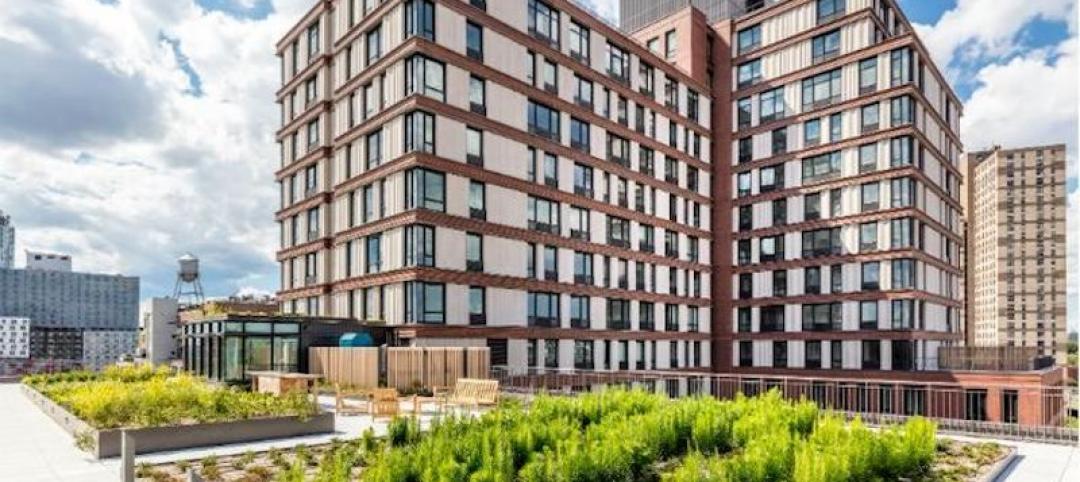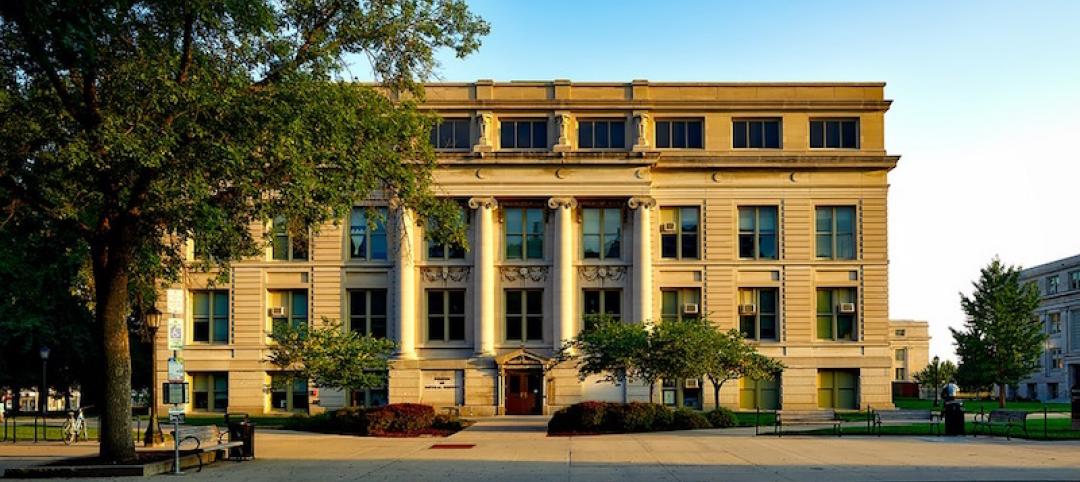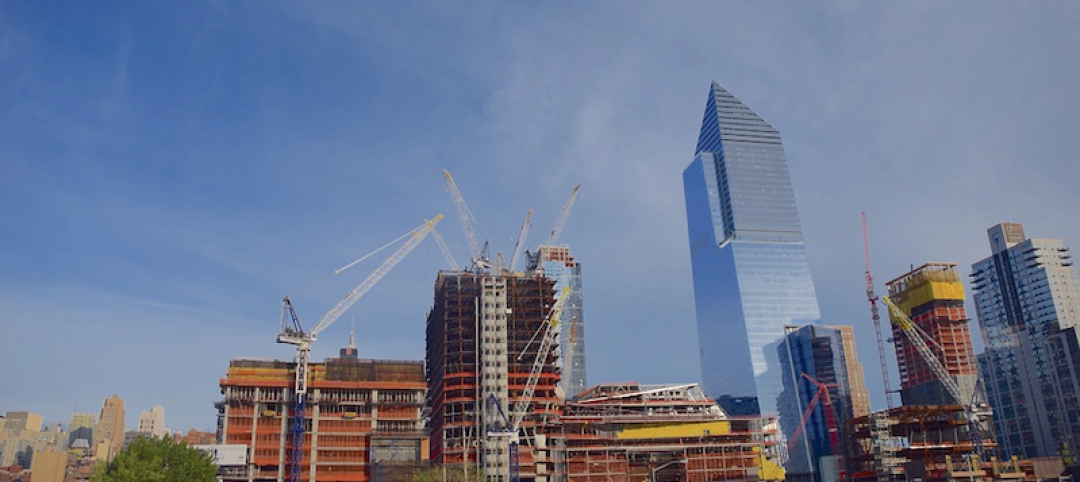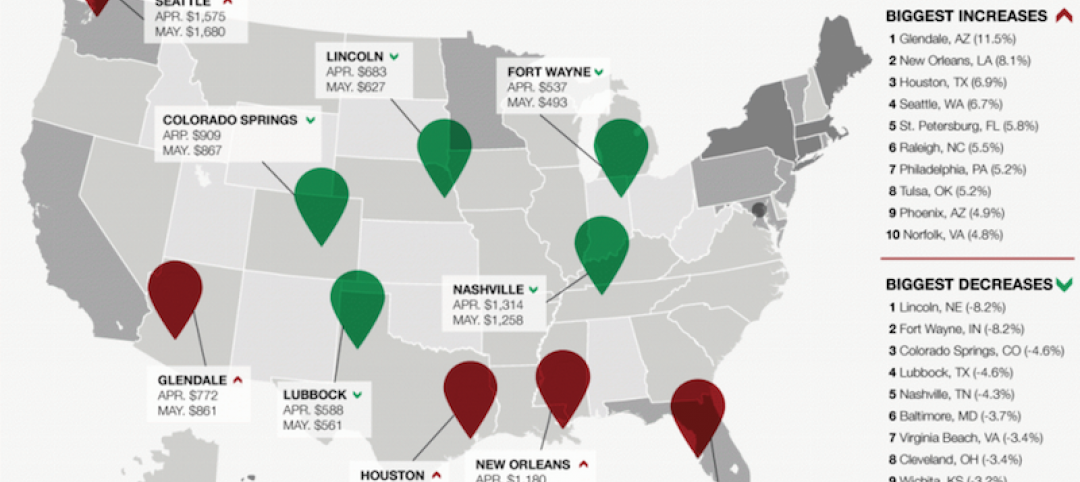Nonresidential construction spending in April declined for the fifth-straight month to a two-year low as demand waned for numerous public and private project categories in the face of lengthening production and delivery times for materials, along with fast-rising prices for many items, according to an analysis of new federal construction spending data by the Associated General Contractors of America. Officials with the association urged the President and Congress to boost infrastructure investments, remove tariffs on key materials and take steps to address production and deliver backups for key construction supplies.
“Both public and private nonresidential spending overall continued to shrink in April, despite a pickup in a few spending categories from March,” said Ken Simonson, the association’s chief economist. “Ever-growing delays and uncertainty regarding backlogs and delivery times for key materials, as well as shortages and record prices, are likely to make even more project owners hesitant to commit to new work.”
Construction spending in April totaled $1.52 trillion at a seasonally adjusted annual rate, an increase of 0.2% from the pace in March and 9.8% higher than the pandemic-depressed rate in April 2020. As has been true for the past several months, the year-over-year gain was limited to residential construction, Simonson noted. That segment climbed 1.0% for the month and 29.5% year-over-year. Meanwhile, combined private and public nonresidential spending declined 0.5% from March—the fifth consecutive monthly decrease—and 3.9% over 12 months, to the lowest annual rate since December 2018.
Private nonresidential construction spending fell 0.5% from March to April and 4.8% since April 2020, with year-over-year decreases in 10 out of 11 subsegments. The largest private nonresidential category, power construction, plunged 7.1% year-over-year and 1.8% from March to April. Among the other large private nonresidential project types, commercial construction—comprising retail, warehouse and farm structures—retreated 1.3% year-over-year despite a gain of 0.4% for the month. Manufacturing construction rose 0.6% from a year earlier and 0.4% from March. Office construction decreased 1.6 percent year-over-year but edged up 0.2 percent in April.
Public construction spending slipped 2.2% year-over-year and 0.6% for the month. Among the largest segments, highway and street construction declined 2.7% from a year earlier, although spending rose 0.6% for the month. Public educational construction decreased 4.0% year-over-year and 0.5% in April. Spending on transportation facilities fell1.9% over 12 months and 1.2% in April.
Association officials cautioned that a recent Commerce Department announcement that it intends to double the current tariff levels on Canadian lumber would further undermine nonresidential construction activity. They said the Biden administration should instead remove tariffs on lumber, steel and aluminum and work to ease production and shipping delays. Boosting infrastructure funding, which leaders of both parties have proposed, will also help, the construction officials added.
“The last thing construction workers need is for the Biden administration to double tariffs on lumber,” said Stephen E. Sandherr, the association’s chief executive officer. “Instead of making it even harder to build, the administration needs to ease supply backups, remove tariffs and pass a bipartisan infrastructure bill.”
Related Stories
Market Data | Jun 21, 2017
Design billings maintain solid footing, strong momentum reflected in project inquiries/design contracts
Balanced growth results in billings gains in all sectors.
Market Data | Jun 16, 2017
Residential construction was strong, but not enough, in 2016
The Joint Center for Housing Studies’ latest report expects minorities and millennials to account for the lion’s share of household formations through 2035.
Industry Research | Jun 15, 2017
Commercial Construction Index indicates high revenue and employment expectations for 2017
USG Corporation (USG) and U.S. Chamber of Commerce release survey results gauging confidence among industry leaders.
Market Data | Jun 2, 2017
Nonresidential construction spending falls in 13 of 16 segments in April
Nonresidential construction spending fell 1.7% in April 2017, totaling $696.3 billion on a seasonally adjusted, annualized basis, according to analysis of U.S. Census Bureau data released today by Associated Builders and Contractors.
Industry Research | May 25, 2017
Project labor agreement mandates inflate cost of construction 13%
Ohio schools built under government-mandated project labor agreements (PLAs) cost 13.12 percent more than schools that were bid and constructed through fair and open competition.
Market Data | May 24, 2017
Design billings increasing entering height of construction season
All regions report positive business conditions.
Market Data | May 24, 2017
The top franchise companies in the construction pipeline
3 franchise companies comprise 65% of all rooms in the Total Pipeline.
Industry Research | May 24, 2017
These buildings paid the highest property taxes in 2016
Office buildings dominate the list, but a residential community climbed as high as number two on the list.
Market Data | May 16, 2017
Construction firms add 5,000 jobs in April
Unemployment down to 4.4%; Specialty trade jobs dip slightly.
Multifamily Housing | May 10, 2017
May 2017 National Apartment Report
Median one-bedroom rent rose to $1,012 in April, the highest it has been since January.


